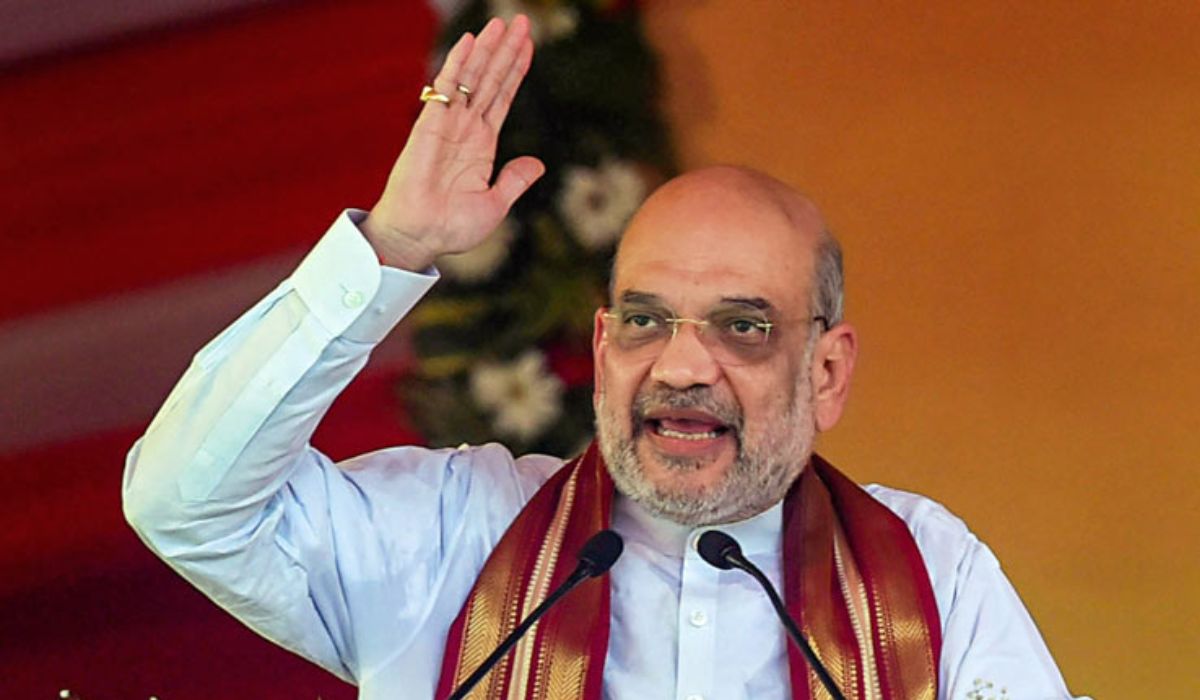Published on: May 05, 2024 18:56 IST
Recently an edited video of Home Minister Amit Shah went viral on social media, falsely showing him promising an end to reservations for Scheduled Tribes, Scheduled Castes, and Other Backward Classes. While BOOM’s fact-check found that the video was doctored using video editing tools, it was falsely labelled as a ‘deepfake’ by other Bharatiya Janata Party leaders, and various mainstream media outlets.
This incident is a new incident in the growing trend of political entities in India experimenting with AI technologies during election periods. Notably, AI-generated voice clones of politicians are being deployed to formulate messages aimed at party members and voters. Moreover, satirical videos employing AI editing methods like face swaps and voice cloning are being utilized to target political adversaries, evading social media regulations, and disseminated via official party channels on platforms such as Instagram and YouTube.
However, amidst the proliferation of deceptive content, primarily disseminated by individuals affiliated with IT cells or through proxies sympathetic to specific parties, misinformation remains predominantly propagated through ‘shallow fakes’ or ‘cheapfakes.’
Multiple reputable media outlets, including the Indian Express, Times Now, Republic, and DNA, erroneously labeled the doctored Amit Shah video as a deepfake. Even Prime Minister Narendra Modi referenced the video during a rally, attributing its creation to artificial intelligence. Nonetheless, BOOM’s analysis confirmed the absence of AI manipulation, instead revealing selective editing aimed at distorting Shah’s statement regarding reservations for Muslims in Telangana.
In a separate instance, a viral video featuring BJP candidate Dinesh Lal Yadav sparked controversy, with opposition supporters sharing it widely. However, BJP IT Cell head Amit Malviya dismissed the video as a deepfake. BOOM’s investigation revealed the authenticity of the video, albeit with rearranged comments that did not alter their intended meaning.
Experts warn of the misuse of the term ‘deepfakes,’ akin to past dismissals of evidence as ‘misinformation’ or ‘fake news.’ Prateek Waghre, Executive Director of the Internet Freedom Foundation, emphasizes the importance of distinguishing between various forms of manipulated content and avoiding blanket dismissals based on mischaracterization.
The use of deepfakes in politics is growing rapidly. The first documented instance occurred in the lead-up to the 2020 Delhi legislative polls, involving BJP leader Manoj Tiwari. Despite concerns, neither the Election Commission of India nor the BJP has officially addressed the issue.
As the Indian election season unfolds, instances of AI-generated disinformation continue to emerge. From fabricated resignation announcements attributed to Congress leader Rahul Gandhi to manipulated videos featuring Bollywood personalities criticizing the government, the spread of synthetic media poses a significant challenge to electoral integrity.
However, the Election Commission of India is yet to acknowledge the prevalence of AI-driven disinformation, despite similar occurrences in neighboring countries like Pakistan and Bangladesh.
The debate surrounding the regulation of AI technologies in India remains contentious, particularly following a botched advisory attempt by the Minister of State of Electronics and Information Technology Rajeev Chandrashekhar. Experts emphasize the need for clarity and balanced legislation to address the evolving nature of synthetic media while safeguarding free speech rights.
With the 2024 elections looming on the horizon, the regulation of deepfakes presents a critical challenge, necessitating a nuanced approach that balances technological innovation with regulatory imperatives and democratic principles.

